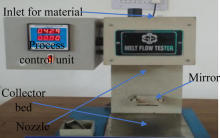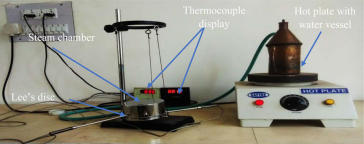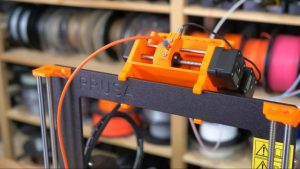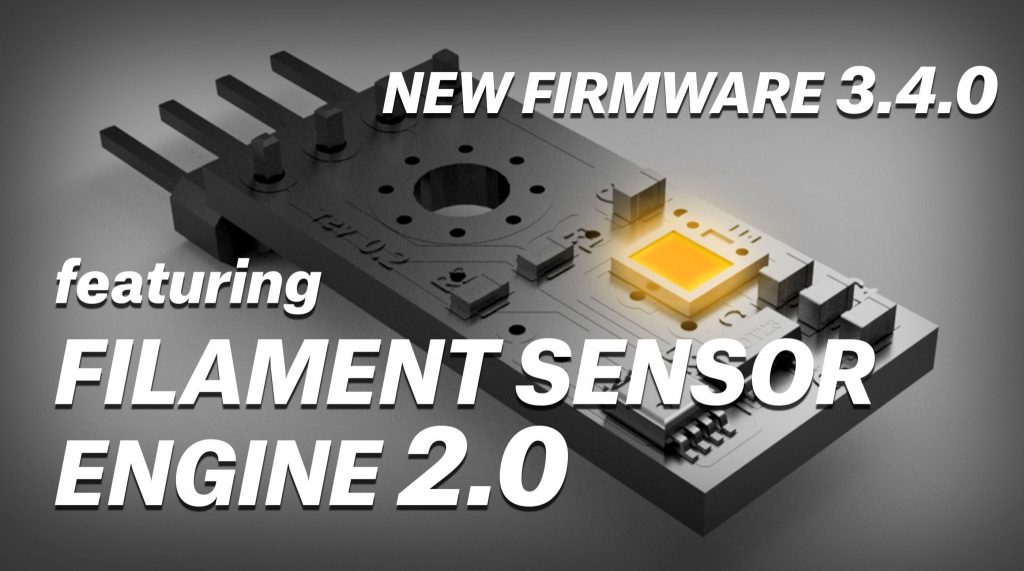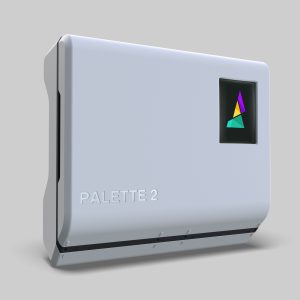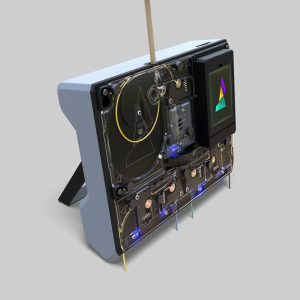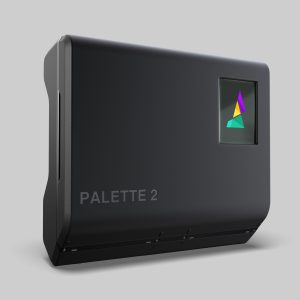After its co-founder, Harvard professor Jennifer Lewis, moved to a supervisory role, Voxel8 has found a new CEO. Friedrich von Gottberg will lead the Boston startup as President and CEO.
Voxel8 first made a splash at CES in 2015 with a desktop electronics 3D printer, dubbed the Developer’s Kit, capable of both printing plastic and depositing conductive inks. The company wowed attendees with the ability to 3D print a complete, functioning quad copter that could fly right off the print bed.
The printer was meant to aid Voxel8 in discovering a killer app for the multi-material printing technology being developed in the lab of Jennifer Lewis. The lab has been involved in research that has included lightweight composites, stretchable sensors, solar panels and organic matter. Much of these achievements are dependent on a unique pneumatic printhead that lays at the heart of Voxel8’s printing process.
Between then and now, the startup sold its desktop electronics 3D printer to the likes of Google ATAP, worked with such partners as the MITRE Corporation, and took on investors that included the CIA, via In-Q-Tel. In the process, the company switched gears, discontinuing the Developer’s Kit and launching the Active Lab, which deploys the material dispensing technology to 3D print plastic onto fabric, along with an inkjet head that provides a full range of color. The killer app, Voxel8 hopes, is athletic wear, specifically shoe uppers. To drive these efforts, the startup received funding from DSM and HP Tech Ventures, as well as existing investors ARCH Venture Partners and Braemar Energy Ventures.
Along the way, Jennifer Lewis shifted from her CEO role to an advisory position so that she could focus on her work at Harvard. Meanwhile, her co-founder, Travis Busbee, took over as CEO as the firm looked for Lewis’s replacement.
Prior to joining Voxel8, von Gottberg was with Cabot Corporation, where worked for 20 years. His last positions at Cabot were as senior vice president and president of Purification Solutions, before which he served as vice president and general manager of New Business Segments, as well as vice president and global director of R&D. Cabot is a large, publicly traded chemicals company known for its work with carbon and aerogel, among other materials. While its environmental record has not always been so hot (though it has made progress on this front), it manufactures activated carbon, used to remove pollutants from water, air and more.
The chemical company also makes elastomeric composites, colorants, and inks, fumed metal oxides and other materials, meaning that von Gottberg’s experience with these chemistries, along with his contacts in the industry, will serve Voxel8 in its mission to deliver mass production multi-material 3D printing. Meanwhile, Travis Busbee will return to his position as Chief Technology Officer.
The post Voxel8 Lands New CEO to Lead Multi-Material 3D Printing appeared first on 3DPrint.com | The Voice of 3D Printing / Additive Manufacturing.



